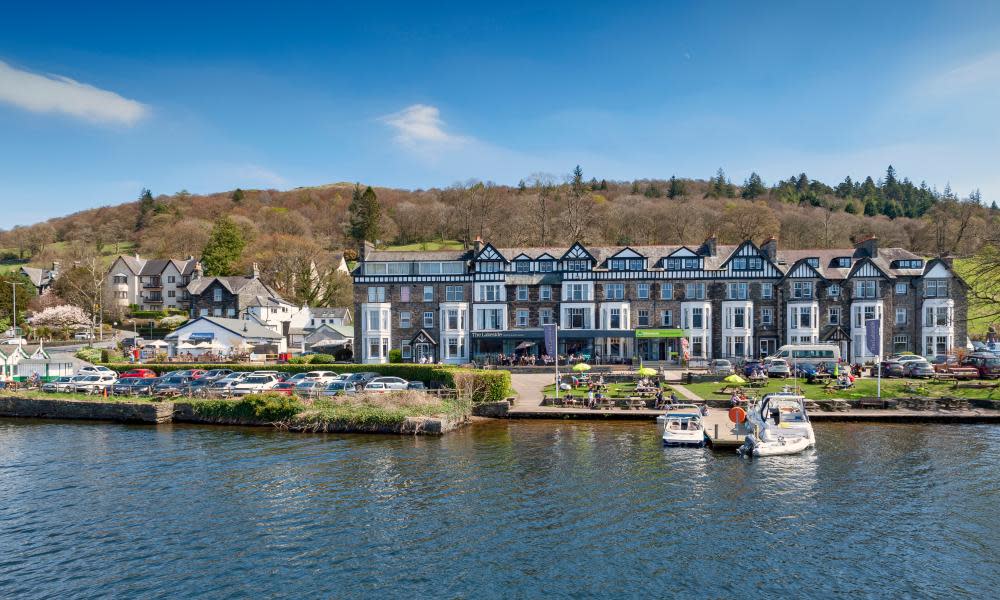Holiday lets nearly negate supply of new homes in tourist areas, study shows

The supply of new homes in some tourist hotspots is being almost completely negated by the rise of second homes and holiday lets, analysis has revealed.
In the Copeland area of the Lake District, which includes the beauty spot of Scafell Pike, there were 426 new homes created in the last three years. Over the same period, 407 existing homes were converted to commercial holiday lets or second homes.
Along part of the north Devon coast, including the Hartland peninsula – which featured in the Game of Thrones spin-off House of the Dragon – the number of new homes that have become second homes or commercial holiday lets was equivalent to almost two thirds of the new supply of regular housing between 2019 and 2022.
Generation Rent, the campaign group behind the research, said the figures meant that since the start of the Covid pandemic, housing planners had been almost “running to stand still” in the most desirable coastal areas and rural beauty spots.
Dan Wilson Craw, the acting director of Generation Rent, said: “The unregulated and undertaxed holiday let sector is out of control. It has taken homes away from locals who grew up in holiday hotspots and people who want to work in the tourist industries, making these areas unsustainable.
“A large part of the solution to high rents is more house building, but locals won’t see the benefits of this if houses continue to leak into the holiday homes sector.”
The figures come as a government consultation into whether holiday lets should require planning consent closes. The measure was proposed by Michael Gove, the secretary of state for levelling up, housing and communities. Housing campaigners believe such rules would reduce the number of family homes converted for tourism.
Announcing the consultation, Gove said: “In too many communities, we have seen local people pushed out of cherished towns, cities and villages by huge numbers of short-term lets. I’m determined that we ensure that more people have access to local homes at affordable prices, and that we prioritise families desperate to rent or buy a home of their own close to where they work.”
Nationwide, newly registered second homes and tourist lets have a negligible effect on housing supply, accounting for just 26,000 properties compared with the 682,000 new homes added to England’s housing stock from 2019-22. But the effect they do have is highly concentrated, with 80% of the increase in second homes and holiday lets happening in just 25 local authorities.
In the South Lakeland area of Cumbria, which includes Kendal and Windermere, the number of new holiday lets and second homes was equivalent to 63% of the new housing created. In Scarborough and Richmondshire, both in North Yorkshire, it was 56% and 49% respectively; and in north Norfolk, it was 42%.
The worst-affected London borough was Southwark, where more than 4,000 new homes were added to the stock, but more than 2,400 were lost to the second homes sector.
Cornwall, where 8% of homes are second homes or holiday lets, fared slightly better in recent years, with the growth in holiday homes equivalent to 27% of new stock.
Some campaigners are concerned measures to regulate holiday lets will have limited effect unless parallel rules around second home ownership are also introduced.

 Yahoo News
Yahoo News 
